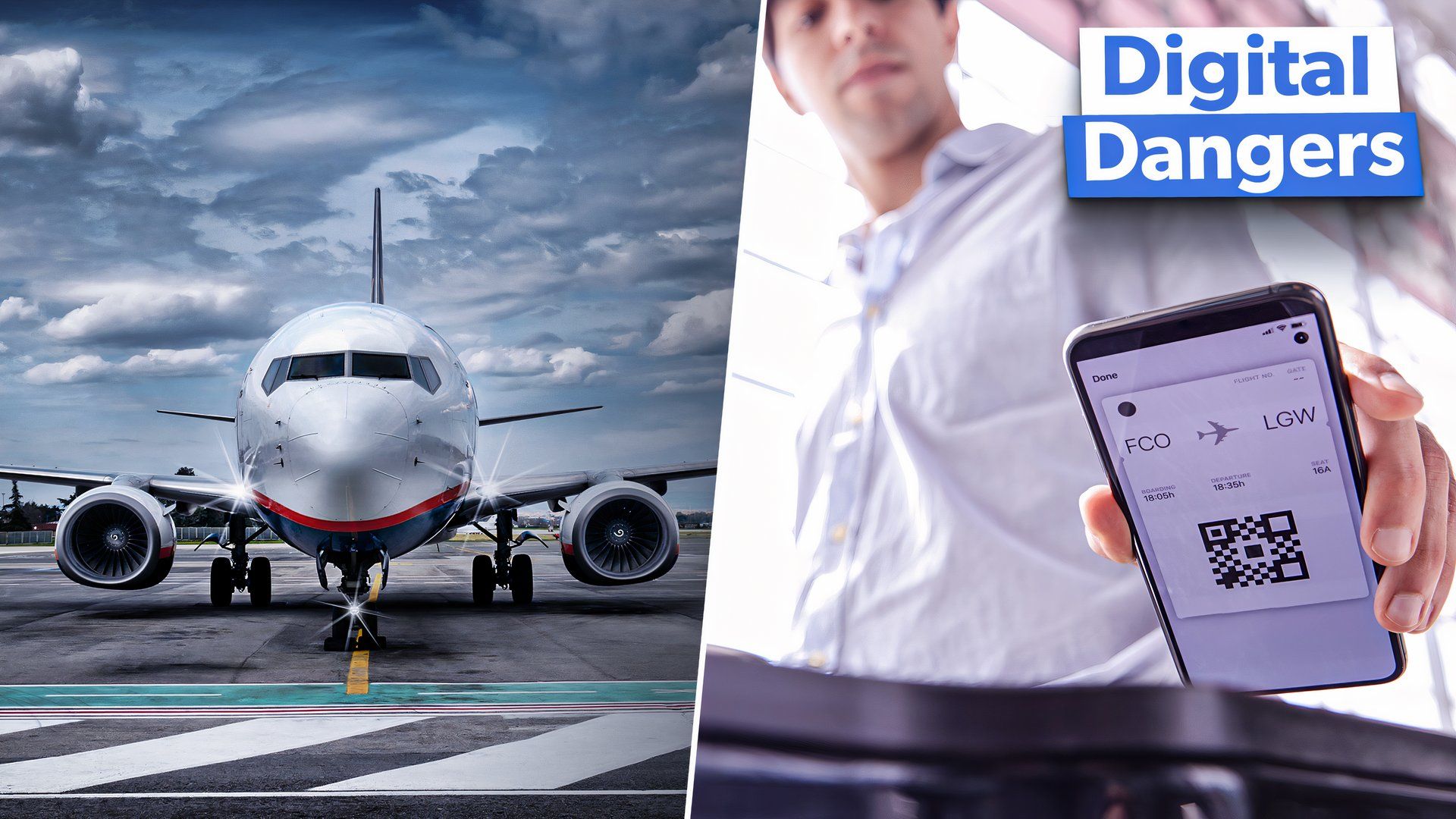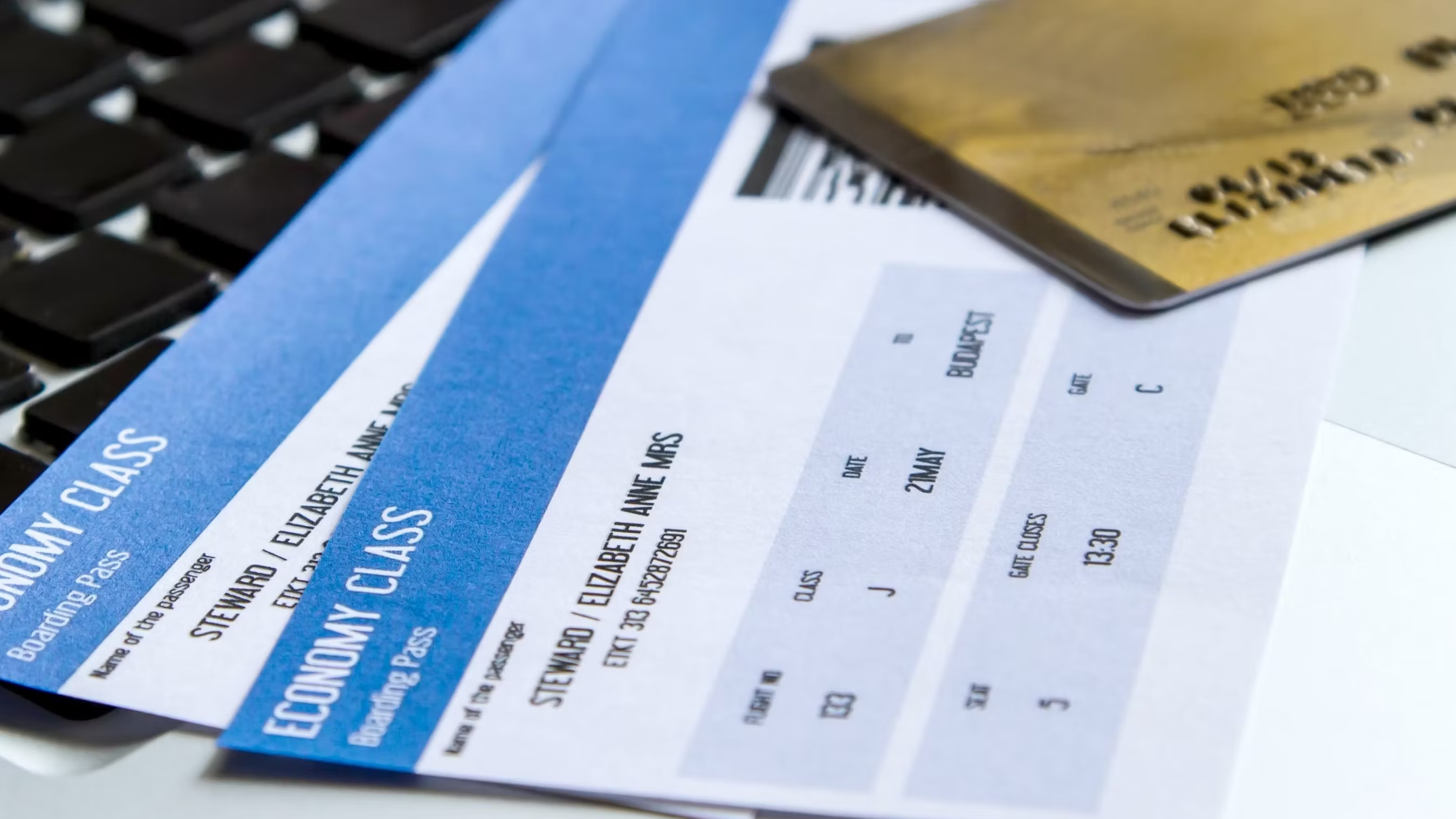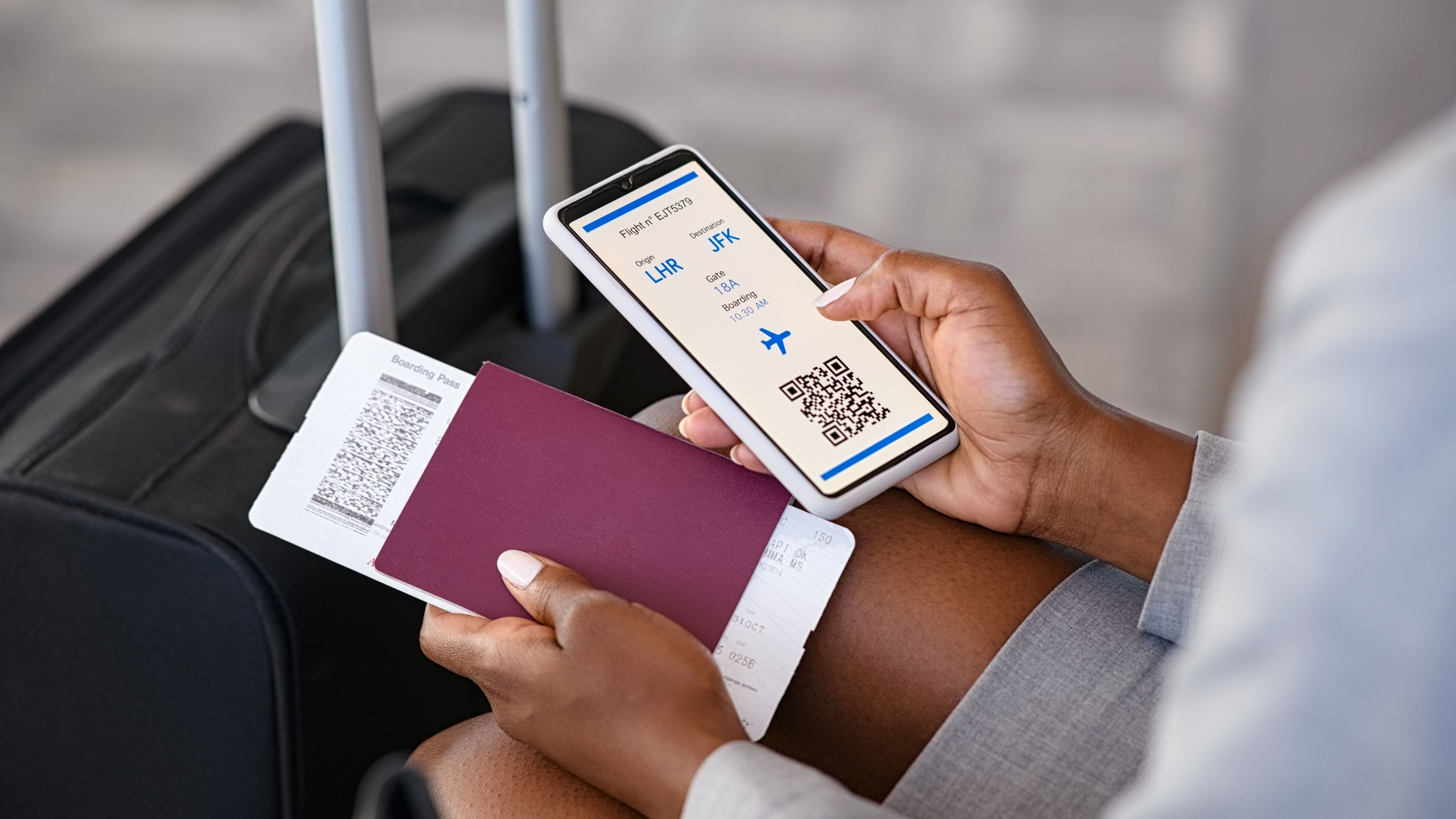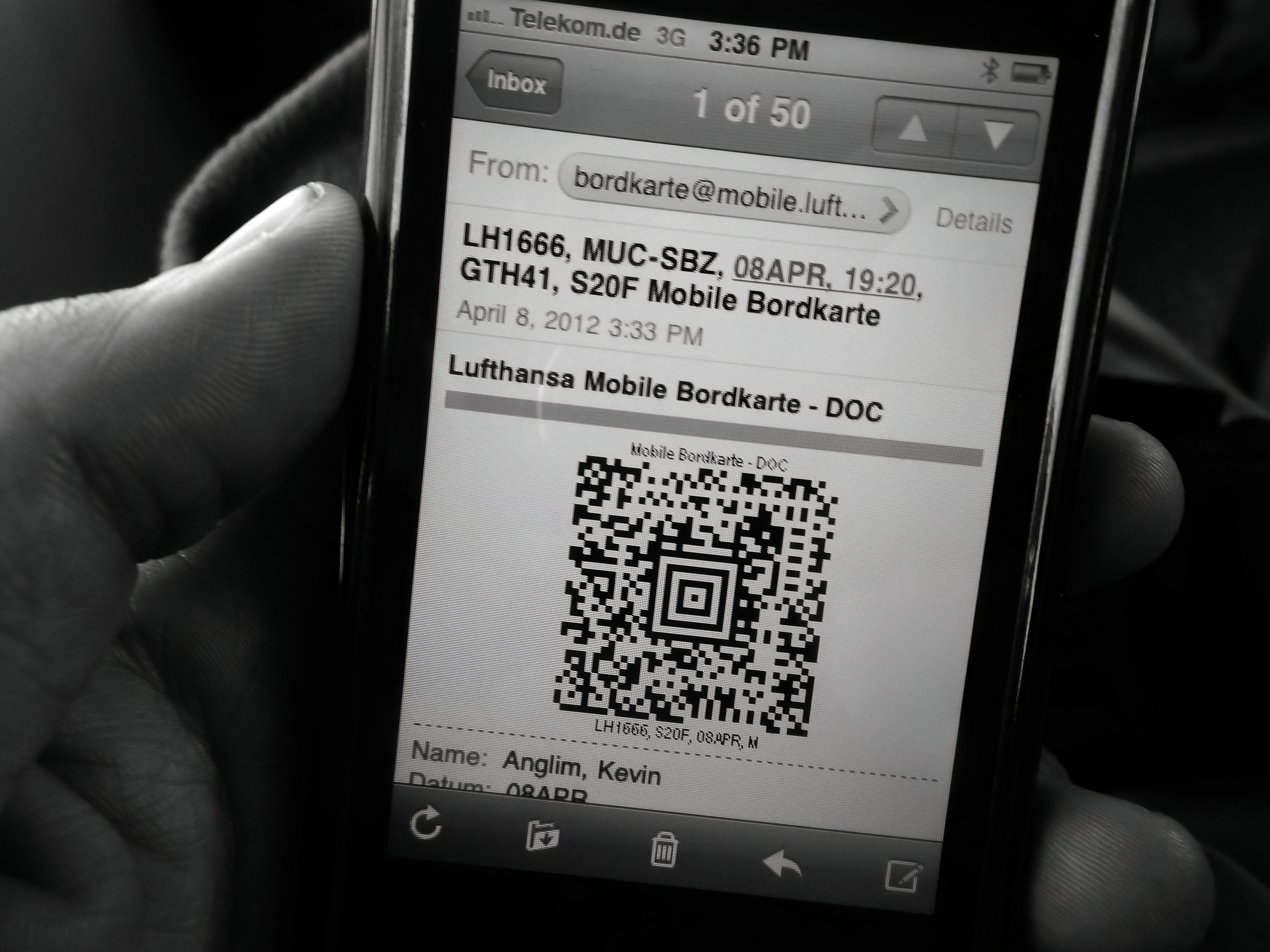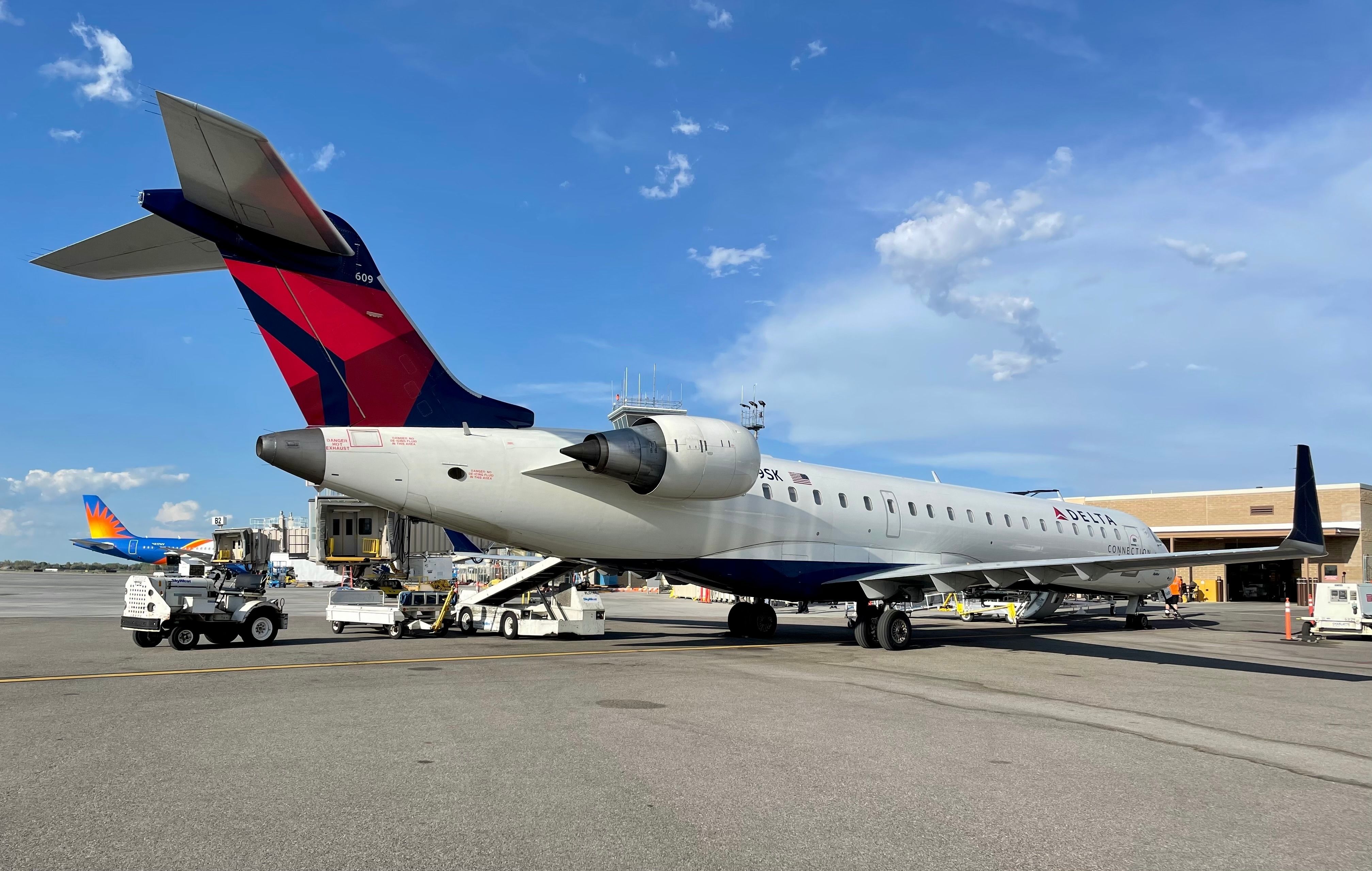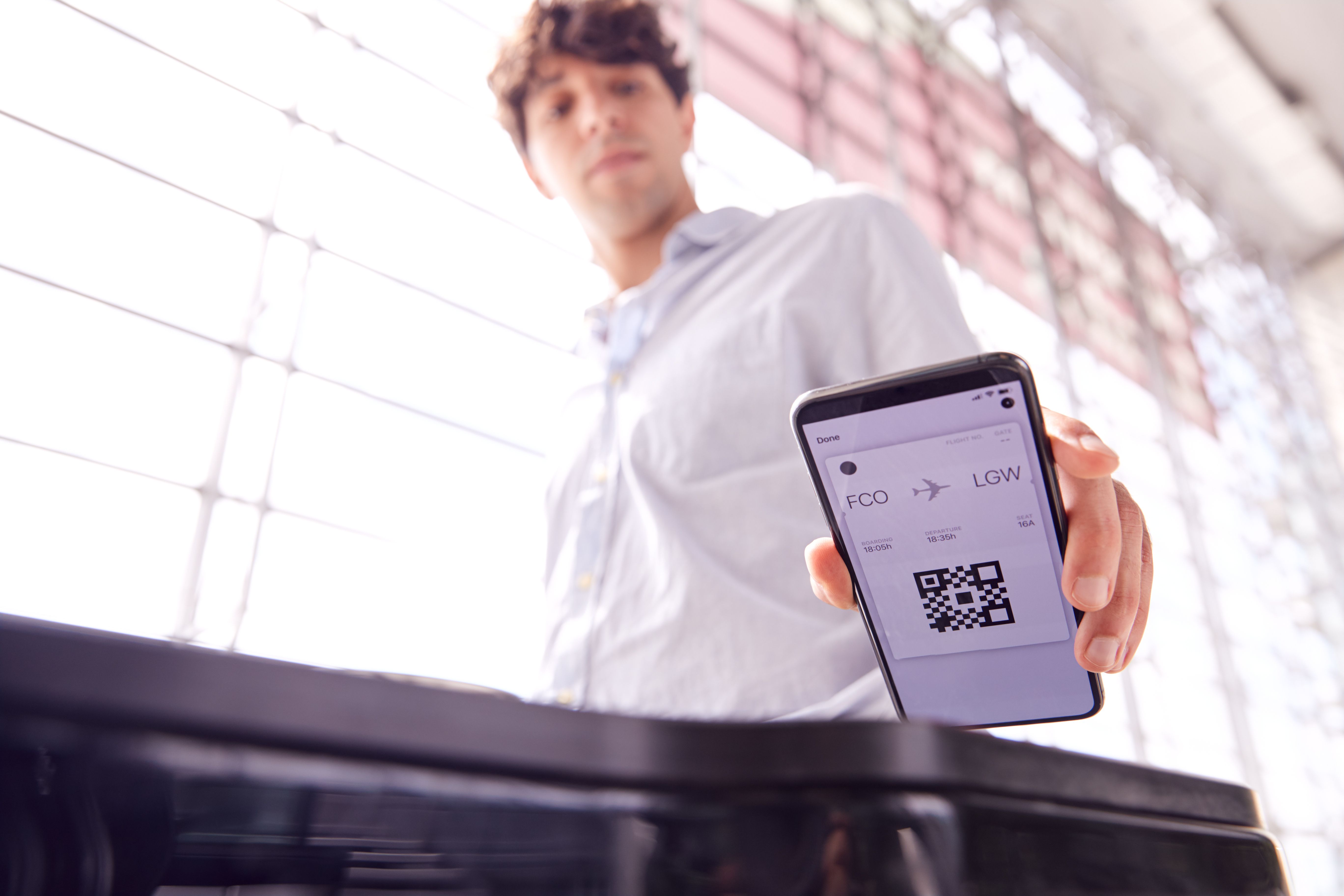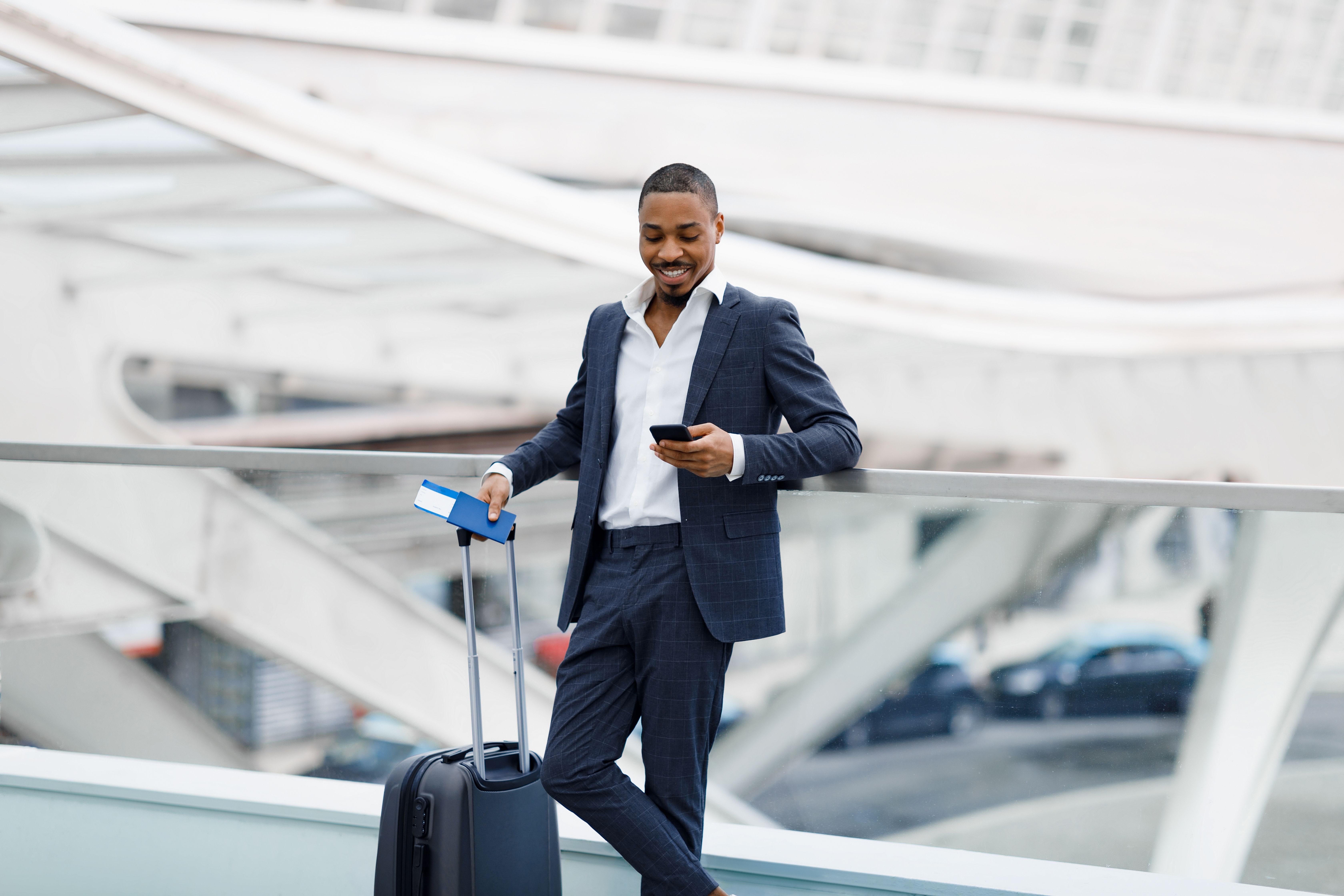The introduction of digital boarding passes revolutionized air travel, offering convenience and efficiency. However, recent incidents involving stowaways sneaking onto flights and exploiting digital boarding passes have exposed severe security flaws. Multiple stowaway incidents on Delta Air Lines flights have brought this issue to the forefront, raising concerns about the effectiveness of airport security in the digital age.
The history of digital boarding passes
Digital boarding passes were introduced in the early 2000s to simplify the air travel process. These electronic passes allow passengers to download their boarding information onto their smartphones, eliminating the need for physical, paper tickets.
Photo: conejota | Shutterstock
Digital passes quickly gained popularity as airlines sought to reduce paper waste, improve check-in times, and enhance the travel experience. According to AeroTime, digital passes are now widely used, with QR codes scanned at airport checkpoints and boarding gates, ensuring faster processing times.
However, as with any technological advancement, digital boarding passes introduced vulnerabilities. Unlike paper tickets, which require physical possession, digital passes are data that can be easily copied and shared. This has opened the door to fraudulent activities, with stowaways taking advantage of the ease of replicating boarding passes.
Recent stowaway incidents on Delta flights
In March 2024, a stowaway incident on a Delta Air Lines flight from Salt Lake City to Austin demonstrated how easily digital boarding passes could be exploited. According to ABC7, Wicliff Yves Fleurizard boarded the flight using a photo of someone else’s boarding pass, which he had taken without permission. He successfully passed through security and boarded the plane.
Photo: Rido | Shutterstock
However, flight attendants became suspicious when they noticed every seat was occupied, prompting them to question Fleurizard, who then admitted he didn’t have a valid ticket. The plane was returned to the gate, and Fleurizard was arrested.
A similar incident occurred in April 2024 when multiple unauthorized passengers were found on a Delta flight from Atlanta to Los Angeles. According to AeroTime, one family, upon boarding, found two strangers occupying their assigned seats.
The two stowaways had only screenshots of digital boarding passes and could not produce legitimate documentation. Further investigation revealed that three more stowaways were hiding at the back of the plane, all using fraudulent boarding passes. In another recent incident, a woman boarded a flight twice with no boarding pass.
How stowaways exploit digital boarding passes
The core issue lies in how easily digital boarding passes can be duplicated or shared. According to WSB-TV, stowaways often photograph legitimate boarding passes, usually from the phones of unsuspecting passengers. The QR codes on these passes, when scanned, allow unauthorized individuals to pass through security and board flights, as these codes are rarely cross-checked with the passenger’s ID.
The convenience of digital boarding passes also means that security measures are sometimes overlooked. In cases where a boarding pass is scanned twice, gate agents may attribute the problem to a system glitch, especially when they are pressured to board passengers quickly. This lack of thorough verification allows stowaways to slip through undetected, using screenshots or photos of valid boarding passes.
In Fleurizard’s case, he could board by taking a photo of another passenger’s boarding pass and scanning it at the gate. The system didn’t immediately flag the discrepancy, and he wasn’t discovered until the flight was well underway.
The response from airlines and airport security
In response to these incidents, Delta Air Lines has pledged to cooperate fully with law enforcement agencies to investigate and prevent further security breaches. Airlines are working to strengthen their boarding protocols and improve their screening processes. These measures aim to ensure that gate agents more carefully verify boarding passes and investigate any anomalies rather than dismissing them as technical errors.
Photo: Austin Deppe | Shutterstock
Experts in the aviation industry have also suggested the introduction of biometric verification as a way to improve the security of digital boarding passes. Facial recognition or fingerprint scanning with digital passes would allow gate agents to confirm that the individual presenting the boarding pass is indeed authorized to board.
|
Fraud prevention |
How it’s applied |
|---|---|
|
Enhanced Verification Processes |
Use of dynamically generated, expiring QR codes and barcodes to prevent duplication. |
|
Biometric Authentication |
Use of facial recognition technology at check-in and boarding gates to verify passenger identity. |
|
Mobile App Security |
Multi-factor authentication (e.g., fingerprint or facial recognition) required to access boarding passes. |
|
Real-time Data Synchronization |
Synchronization of passenger data in real-time between the airline and airport security systems. |
|
Encrypted Boarding Passes |
Encryption of digital boarding pass data to prevent tampering or replication. |
|
Tamper-evident Features |
Digital watermarks or other features to verify boarding pass authenticity. |
|
Fraud Detection Algorithms |
Advanced algorithms and machine learning to identify unusual patterns indicating potential fraud. |
|
Partnerships with Airport Authorities |
Collaboration to cross-verify boarding pass validity and passenger identity at different checkpoints. |
|
NFC Technology |
Use of Near Field Communication for tap-to-board functionality, reducing duplication risks. |
|
Notification Systems |
Real-time alerts to passengers when their boarding pass is accessed or used. |
The future of digital boarding pass security
While digital boarding passes have greatly simplified the air travel experience, the stowaway incidents on Delta flights have highlighted the need for improved security measures. As the aviation industry continues to adopt new technologies, it is essential to balance convenience and security. The ease with which QR codes can be copied and reused demonstrates that the current system is not foolproof.
Photo: Monkey Business Images/Shutterstock.
One potential solution is the integration of real-time passenger identification at boarding gates. Airlines could add a layer of security by matching a passenger’s biometric data, such as facial recognition, with their digital boarding pass. This would make it far more difficult for unauthorized individuals to board flights using stolen or duplicated passes.
New technology, new risks!
In conclusion, airlines may need to reconsider their current protocols for dealing with boarding pass discrepancies. Rather than assuming that scanning errors result from technical glitches, gate agents should be trained to investigate potential fraud when multiple scans of the same pass occur.
Photo: Prostock-studio | Shutterstock
While digital boarding passes have undoubtedly transformed how people travel, recent stowaway incidents have exposed serious flaws in the system. As airlines work to address these security gaps, passengers may soon see changes in how their boarding passes are verified, particularly at high-traffic airports where the risk of fraud is more significant. It is clear that as digital technology evolves, so must the measures to ensure the safety and security of air travel.

